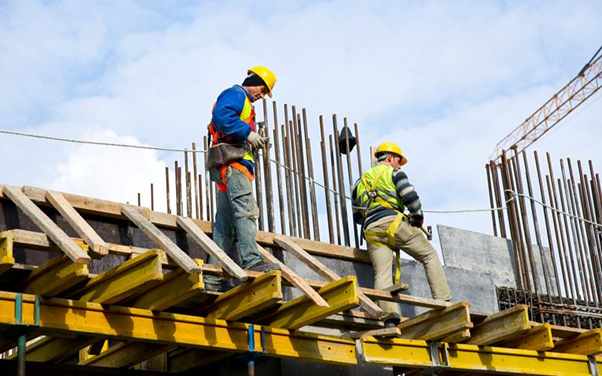Working at height remains one of the leading causes of accidents in construction. Falls from scaffolds, ladders, and elevated platforms often result in serious injuries or fatalities. Due to this, regulatory bodies have made it mandatory for site supervisors and safety coordinators to undergo a work at height supervisor course. This training is not a formality; it is a structured programme designed to give supervisors the knowledge and authority to enforce safe practices on site. After all, without properly trained personnel, the risk of costly accidents and regulatory penalties increases significantly.
The Role of Supervisors in Height-Related Safety
Supervisors play a direct role in planning, monitoring, and enforcing safe practices at elevated work areas. A work at height supervisor course equips them with the ability to assess hazards, approve risk control measures, and ensure that only competent workers are allowed to perform high-risk tasks. Unlike general safety training, this course is tailored for individuals with oversight responsibilities, making them accountable for enforcing fall prevention systems, inspecting equipment, and briefing workers on site-specific risks. Their presence ensures that safety procedures move from paperwork to active implementation.
Compliance with Regulatory Requirements
The region’s Ministry of Manpower (MOM) mandates strict adherence to work-at-height regulations under the Workplace Safety and Health framework. A site without certified personnel risks non-compliance, which can lead to fines, project stoppages, and reputational damage. Companies demonstrate compliance and accountability by enrolling supervisors in a working at heights course. Certification also gives project managers confidence that supervisors have met a national benchmark of competence. This certification is not optional but a fundamental requirement, particularly in high-profile developments where public safety is also at stake.
Risk Identification and Mitigation
Construction sites constantly evolve, and new hazards emerge as projects progress. A certified supervisor is trained to conduct proper risk assessments before work begins. This assessment includes checking structural stability, anchor points, guardrails, and fall arrest systems. The work at height supervisor course provides structured methods to evaluate hazards and apply the correct controls. Supervisors can prevent incidents that might otherwise halt operations or harm workers by identifying unsafe conditions early. Their ability to intervene in unsafe practices ensures a safer, more productive site.
ALSO READ: ISO Certification in Singapore: What It Is, Who Needs It, and Why It Matters
Building a Safety Culture Among Workers
Safety culture is not built by rules alone; it requires visible leadership. Supervisors who have completed a working at heights course set the tone for responsible practices on site. Workers are more likely to follow instructions when they see supervisors actively participating in safety briefings, equipment checks, and rescue drills. The training also teaches supervisors how to communicate effectively with teams, ensuring that safety messages are clear and practical. Over time, this creates a work environment where safety is prioritised alongside productivity.
Long-Term Benefits for Companies
Investing in staff certification delivers long-term benefits beyond compliance. A safer site reduces accident-related delays, medical claims, and compensation payouts. It also improves project timelines by maintaining workforce morale and reducing disruptions from enforcement inspections. Furthermore, companies with a reputation for safety are more attractive to clients and stakeholders. The work at height supervisor course is therefore not just a regulatory requirement but also a strategic investment in business continuity and competitiveness within the construction sector.
Conclusion
Construction remains a high-risk industry, but risks can be managed with the proper leadership and training. Supervisors with a work at height supervisor course certification provide essential oversight to ensure compliance, hazard control, and worker safety. Their role in enforcing fall prevention measures and guiding teams is central to accident reduction. Every construction site benefits from having certified supervisors, not only to meet regulations but to protect lives, improve efficiency, and strengthen the company’s standing in the industry.
Visit Avanta Academy to schedule training sessions tailored for your company’s construction needs.





